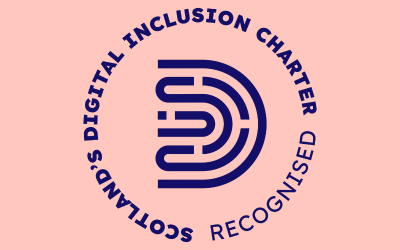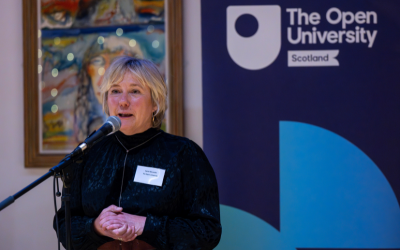Religion and calendars – moons and summer solstice
 Author:
Author:
Dr Liudmila Nikanorova is a Lecturer in Religious Studies at The Open University (OU).
The calendar of the Sakha Republic in Russia gives us a remarkable insight into the religious and societal practices of people, explains Dr Liudmila Nikanorova, a Lecturer in Religious Studies at The Open University.
For millennia, human life and activities have been measured in time.
While most people are now used to measuring time in seconds, minutes, hours, days, months, and years, the organisation of these units through calendars can be incredibly diverse.
Astoundingly, there are over 40 different calendars in use today. Some of them are sun-based, like the solar calendar used in the UK since 1750, while others are lunisolar calendars that also follow the movements of the moon, such as the Chinese, Jewish, and Islamic calendars.
 The names of the units of time used can also tell you about the main activities of the people. For instance, the calendar of the Sakha (Yakut) people - a Turkic ethnic group native to North Siberia in Russia - reflects environmental and agricultural cycles central to their life.
The names of the units of time used can also tell you about the main activities of the people. For instance, the calendar of the Sakha (Yakut) people - a Turkic ethnic group native to North Siberia in Russia - reflects environmental and agricultural cycles central to their life.
This is particularly evident in the names of the months, such as ‘Bes yia’ (June) that is known as ‘the month of a pine tree’, which not only indicates the arrival of summer when the trees turn green, but also the specific period for harvesting resin from the Siberian pine.
‘Balağan yia’ (September) is ‘the month of balağan’ and symbolises the end of summer, as until the early 20th century the Sakha people would move from traditional summer ‘saiylyk’ dwellings to warmer ‘balağan’ homes for the winter, where temperatures can shockingly drop to as low as -60°C in the remote Russian republic.
Religion is also closely intertwined with the organisation of calendars, with holidays in different countries indicating which religion has the strongest presence in that nation. For example, in most European countries Christmas and Easter are the largest public holidays, indicating the strong presence of Christianity in Europe.
The Soviet Union introduced new holidays to replace the Orthodox Christian ones following the Russian Revolution in 1917 to mark the transition from the ‘dark religious’ Russian Empire to the ‘modern secular’ Soviet Union, where religion was regarded as ‘the opium of the people’.
Sakha is just one of many examples from around the world that demonstrate how calendars can give you a valuable insight into a place’s customs and practices, politics, and religion.”
As well as ‘yia’ meaning ‘month’ in Sakha, it also signifies ‘moon’ and how their calendar follows the movements of the moon to measure the time. Recorded since the 17th century, the largest calendar holiday of the Sakha is the ‘Yhyakh’ that celebrates the summer solstice between the end of May and early July.
Yhyakh was not officially recognised as a public holiday in the Sakha republic until 1991 after the celebration was discouraged for many years due to Soviet Union’s anti-religious campaigns. However, among the contemporary Sakha people, it is now widely celebrated and treated as a second New Year event, fittingly described as ‘a day when Sakha feel Sakha’.
Sakha is just one of many examples from around the world that demonstrate how calendars can give you a valuable insight into a place’s customs and practices, politics, and religion.
The next time you look at a calendar, think about how much more they reveal to us than just keeping track of the days, months and years.
To discover more about how religion relates to other aspects of social and cultural life – shaping the world in the past, present and future – visit The Open University’s Religious Studies webpage.
The Open University is co-hosting the European Lunar Symposium in Dumfries and Galloway 16-21 June 2024, plus accompanying public Solstice Seminars on the evening of Thursday 20 June 2024.
11 June 2024
News
Media contacts
Media enquiries
OU in Scotland Media Relations:
Call 0131 549 7932
OU UK Press Office:
Call 01908 654316
Out-of-hours:
07901 515 891
Visit our OU UK news site

